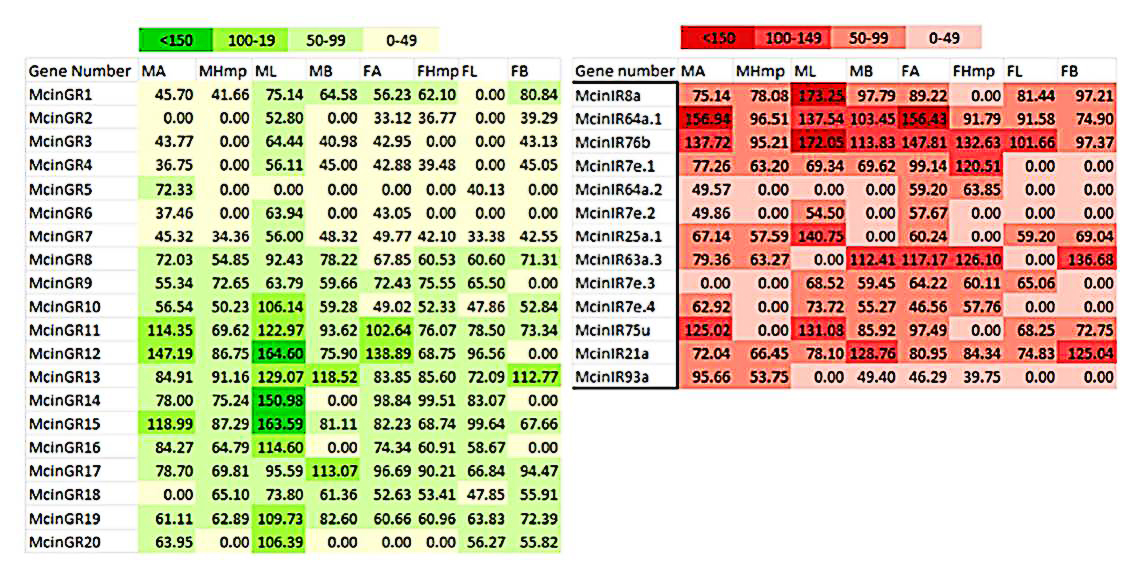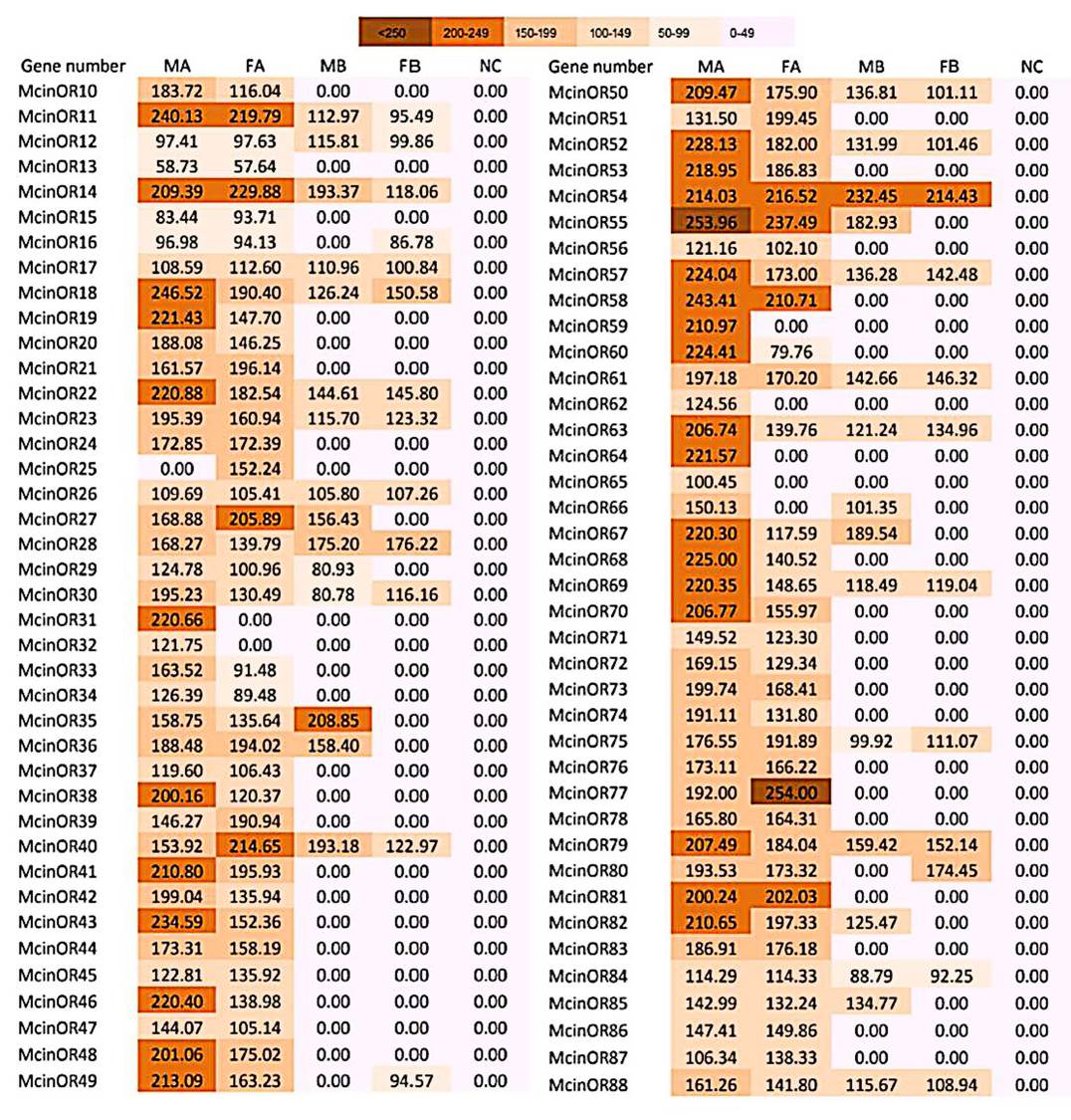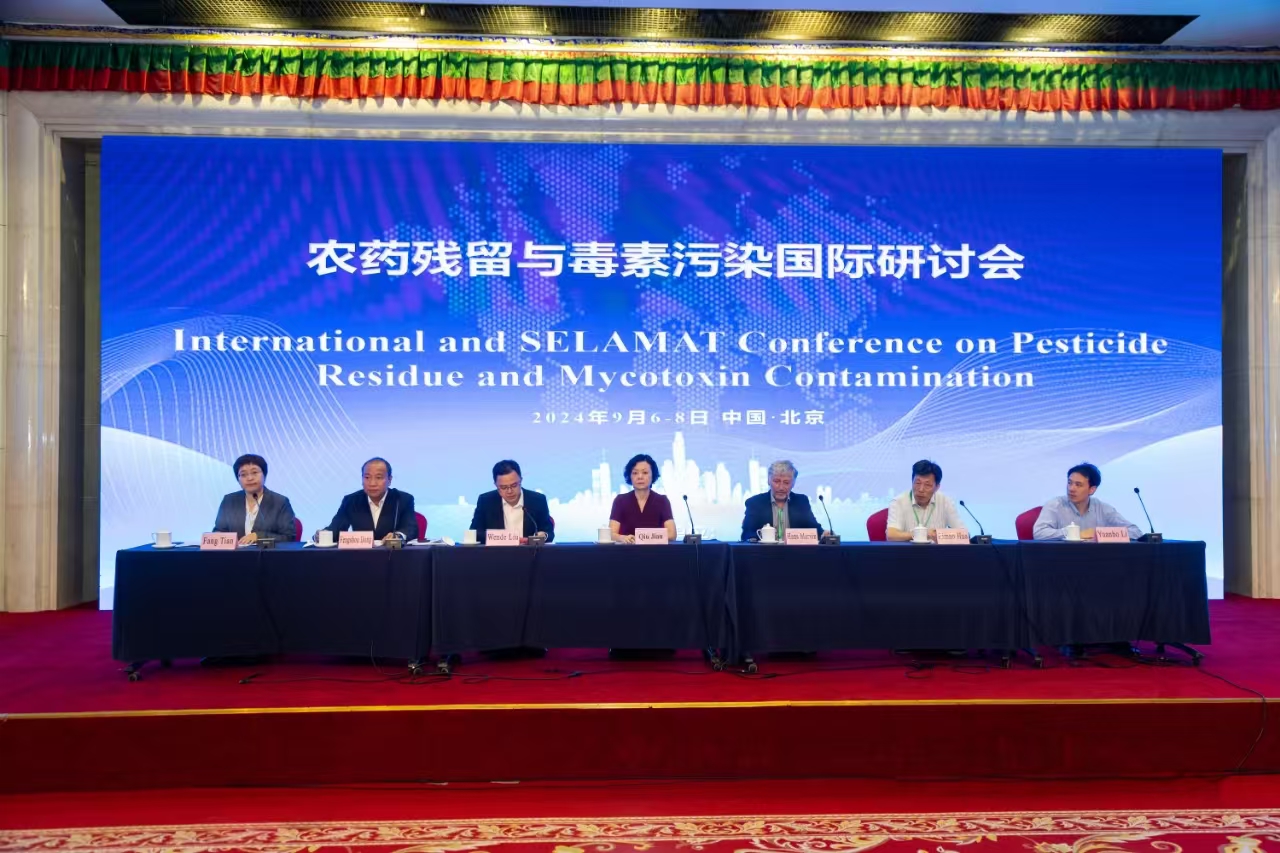Gene set of chemosensory receptors in the polyembryonic endoparasitoid Macrocentrus cingulum
Insect chemoreceptors consist of three major gene families (ORs, GRs and IRs) appear to form binding sites for odorant molecules at the membrane surface of olfactory sensory neurons (OSNs). In almost all of the insects, repertoires of several ones to several hundred highly divergent odorant receptors (ORs) are responsible for detecting a myriad of volatile chemical signals in the environment. Within the Macrocentrus cingulum Brischke (Hymenoptera: Braconidae), very limited number of olfactory genes including co-receptors have been identified. Recently, the scientists in the Institute of Plant Protection have been investigated the antennal chemosensory gene families of the M. cingulum by antennal transcriptomes from next-generation sequencing. The research results have been published in Scientific Reports.
The M. cingulum is a polyembryonic endoparasitoid of the Asian corn borer, Ostrinia furnacalis (Guenée) (Lepidoptera: Crambidae) and the European corn borer, O. nubilalis (Hübner), the two most destructive insect pests of maize in the world. It is distributed across Europe and throughout Asia, including Japan, Korea and China. The identification of olfactory receptors genes families- ORs, GRs and IRs in this wasp will provide information regarding their chemical communication and it’s crucial for genetic manipulation of their sensitivity to chemical cues using in biocontrol systems. The sex-specific and sex-biased expression patterns suggested that they may have important functions in sense detection which behaviorally relevant to odor molecules. Reported result provides a comprehensive resource that will be a foundation for future study of polyembryonic endoparasitoid semiochemicals driven behaviors at molecular level.

Tissue- and sex- specific expression profiles of M. cingulum GRs and IRs.

Tissue- and sex- specific expression profiles of M. cingulum ORs.
This work was supported by China Agriculture Research System (CARS-02) and the specific fund for Agro-Scientific Research in the public interest (201303026).
For more information, please visit:
http://www.nature.com/articles/srep24078
-
 China-Laos Training Workshop on Integrated Management of Destructive Crop Pests and Diseases Successfully held in Laos
China-Laos Training Workshop on Integrated Management of Destructive Crop Pests and Diseases Successfully held in Laos -
 New Plant Protection: New challenge and new opportunity for plant protection
New Plant Protection: New challenge and new opportunity for plant protection -
 International and SELAMAT Conference on Pesticide Residue and Mycotoxin Contamination Held in Beijing
International and SELAMAT Conference on Pesticide Residue and Mycotoxin Contamination Held in Beijing -
 CAAS President Meets Chairman of ASEAN FAW Taskforce
CAAS President Meets Chairman of ASEAN FAW Taskforce
